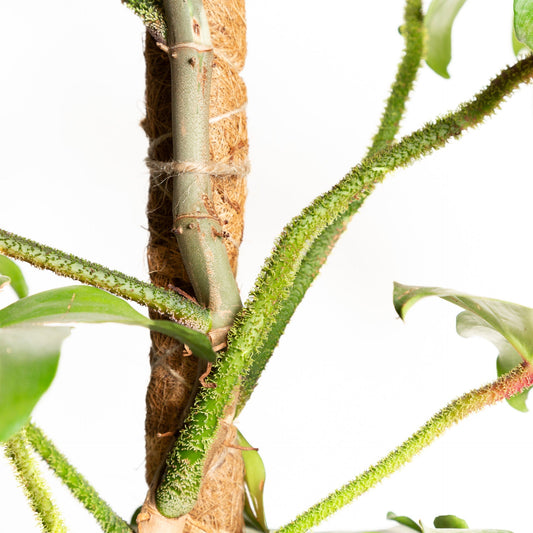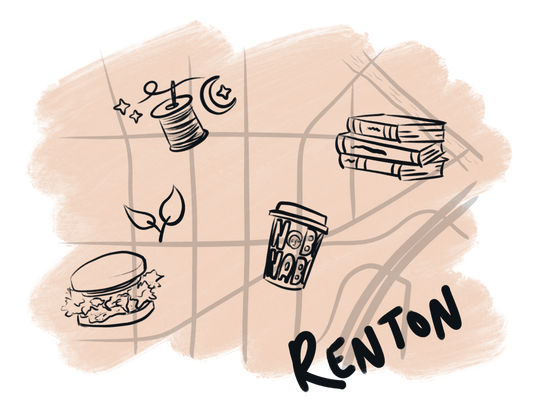Thank you for trusting us with the health and treatment of your plant! Here is a quick guide to help you guide your plant through a smooth recovery after their visit.
What to expect:
Like all living things, it can take a bit of time for your plant to adjust after treatment. While many plants don't show any signs of stress after a clinic visit, it is perfectly normal for some symptoms to arise as your plant heals. Symptoms related to your plant's recovery typically begin showing between a few hours to three weeks after their visit and should begin to stabilize within a few days to up to 3 weeks.
Common Symptoms include:
Yellowing, curling or shedding of leaves. Most commonly seen in the leaves closest to the soil. It's normal for 10% or less of tissue to be affected within the first 3 weeks following treatment.
Light or dark brown discoloration in leaf tips or edges. This type of discoloration is linked to stress in the roots. It's normal for up to 20% of leaves to get brown tips or irregular shaped patches within the first 3 weeks.
Soil gnats. Small flies (a bit smaller than a fruit fly) may appear in and around the soil within the first 3-4 weeks, particularly following repotting or root-related treatments. Soil gnats are a common household insect attracted to the communication signals your plant sends out to request assistance/resources from microbes in the soil and neighboring plants.
The appearance of gnats does not indicate poor-quality soil. They're always around but only noticeable when gathered together. Don't worry! Gnats won't hurt your plant and are not interested in you, your pets, or other places in your home. They feed on fungus and decaying organic matter found in the soil of plants in a state of distress. They are also easy to treat - especially when first spotted! **This is also true of most other plant pests. Please reach out for treatment assistance for any other soil or foliage dwellers found on your plant.
Getting rid of gnats:
1) Allow soil to dry out completely. Most plants can handle a full dry-out from time to time. Adult gnats will die without moisture so it is important that the soil dries fully for treatment to be effective.
2) Once the soil is fully dry mix 3% hydrogen peroxide (common first aid treatment available at any drugstore or grocery store) and water 1:1 for larger plants and 1:2 for small ones. Saturate the soil with the peroxide mixture. This will dehydrate any eggs left in the soil and won't harm your plant.
Tip: If gnats become bothersome while you're waiting for the soil to dry use yellow sticky traps to cut down on the adult population or remove and replace the top 1-2" of soil to expedite the dry out process.
Aftercare Tips:
Help diminish or circumvent after-treatment symptoms with a little preventative care.
- Consider making changes to your plant's placement to get as close to their ideal care conditions as possible. For most plants, this is medium to bright indirect light exposure and protection from sources of temperature fluctuations (see below). Usually, plants will stabilize within about 3 weeks and can be returned to their usual placement.
- If your plant does exhibit after-treatment symptoms it is important to be on the lookout for what we call compound stressors. These are environmental conditions that may add additional stress on your plant while its in recovery. The most common compound stressor is acute temperature change caused by placement near heat or AC vents or contact with exterior walls (especially when the weather is particularly warm or cool) or turning off heat or ac for extended periods of time if you have a trip planned.
- Unless your clinician tells you otherwise plants coming home from the clinic should be watered thoroughly. Wet all of the soil in the pot and wait to water again until the soil reaches your plant's desired dry out.
- Use a beneficial microbial fertilizer like our bacterial inoculant after treatment to provide your plant with customized support at the root!
FAQ
Why do you use organic soil if there's a possibility of gnats?
At Urban Sprouts we create treatment plans rooted in science that tap into the natural support systems found in your plant's endemic environment. The benefits of using organic soil include:
1) No chemicals - safe for your home, pets, and family with no risk of burning roots
2) Beneficial microbes and mycelium in the soil communicate with your plant and provide nutrients and other support based on your plant's needs
3) Organic soil can be reused! Healthy soil often can be re-inoculated or re-hydrated for a second life. For example, our in-store composted soil finds a second life on a local worm farm and gets turned into compost and worm castings for gardens!
My plant is wobbly after a re-pot or mount
After repotting or mounting it is normal for your plant to be a little unstable. Once roots start to re-establish themselves in their new conditions the plant and their structures will strengthen and stabilize. You may provide some physical support for your plant to prevent breakage.
My plant is showing symptoms not listed here - what do I do?
If you have any questions or concerns about your plant's treatment or recovery we're here to help! Reach out over email or text! Or - schedule a follow up appointment



